Are you tired of trading your time for money? Do you dream of a life where you don’t have to constantly work to make a living?
The answer lies in understanding “what is passive income” – a powerful tool that can help you achieve financial freedom and live life on your own terms.
Let’s embark on a journey to explore the world of passive income, its creation, optimization, and potential challenges. Your financial future starts here!
Key Takeaways
- Passive income requires an initial investment of time, money, or both, and can offer financial freedom by providing income with minimal ongoing effort after the initial setup.
- A diverse portfolio and strategic investment in various passive income streams, including real estate, stocks, and digital products, offer sustainable ways to grow your wealth.
- Passive income involves risks and challenges that require careful planning and management to ensure successful and steady earnings over the long term.
Decoding Passive Income: The Essentials
 The term passive income is often misunderstood. It doesn’t mean getting something for free. Rather, it involves setting up systems that generate income with minimal effort after an initial investment of work. The aim is to make your money work for you.
The term passive income is often misunderstood. It doesn’t mean getting something for free. Rather, it involves setting up systems that generate income with minimal effort after an initial investment of work. The aim is to make your money work for you.
Rental properties, dividends from stocks, and selling digital products online are all examples of how you can generate passive income. With the right idea and initial capital, you can set up passive income streams that work for you, helping you achieve your financial goals with little or no effort. In fact, these methods can help you earn passive income, allowing you to focus on other aspects of your life.
The Anatomy of a Passive Income Stream
A passive income stream is like a well-oiled machine, consisting of key components that work together to generate income. At the heart of it is an initial investment, which sets the ball rolling. This could be a monetary investment, like buying stocks or property, or a time investment, like creating an online course or writing a book. Once the initial work is done, the income stream requires minimal maintenance, allowing you to earn money while you sleep.
Please note, the strength of a passive income stream is maintained through regular upkeep. This ensures your income source stays up-to-date, profitable, and continues to grow.
Passive Income Versus Active Income: A Comparative Analysis
If active income is a sprint, passive income is a marathon. While active income, like a job or a business, requires constant effort and time, passive income keeps flowing in without requiring ongoing attention. What does this mean for you? Financial freedom.
Passive income allows you to:
- Earn money without active involvement, making it an ideal passive income source
- Provide a steady cash flow alongside your primary job
- Have financial freedom to pursue your passions without the concern of your next paycheck.
What you need to start Passive Income
Starting a passive income venture is like planting a seed. The seed is your passive income idea, and the soil is your initial capital – be it money or time. With the right idea and initial capital, you can plant your seed and watch it grow into a flourishing source of income.
Whether you’re investing your time or your money, there’s limitless potential for growth.
An Idea
A passive income idea is like a compass, guiding you towards financial freedom. But not all ideas are created equal. The best passive income ideas often involve earnings with minimal effort, such as from rental properties, limited partnerships, and online businesses where you’re not actively involved in the continued generation of income.
The goal is to identify a gap or a demand that aligns with your skills, interests, and expertise, and then fill that gap in a way that generates income with minimal ongoing effort.
Start up cash
While some passive income ideas require a large upfront financial investment, others can be kickstarted with minimal capital or even no money at all. The key is to be strategic and intentional with your investments. Whether you’re investing in a rental property, buying stocks, or creating an online course, your initial investment can set you on the path to earning passive income.
But remember, the more you’re able to invest upfront, the greater your potential returns could be.
Unlocking Various Passive Income Ideas
 Having laid the foundation, we can now examine some specific passive income ideas. Opportunities abound, from the tangible world of real estate to the digital sphere of online courses and e-books.
Having laid the foundation, we can now examine some specific passive income ideas. Opportunities abound, from the tangible world of real estate to the digital sphere of online courses and e-books.
Each of these passive income ideas has distinct advantages and potential challenges. However, all offer the potential for steady, long-term income with minimal ongoing effort. Are you ready to unlock your potential and take control of your financial future? Let’s proceed.
Rental Income Mastery
Let’s start with one of the oldest and most reliable sources of passive income: rental properties. Whether it’s a long-term rental or a short-term holiday let, property rental offers a steady source of income with minimal effort once the initial setup is complete. But like any business, rental properties come with their own set of challenges and costs, from managing tenants and maintaining properties to understanding market trends.
With the right mindset and strategies, you can navigate these challenges and turn rental properties into a profitable passive income stream.
Dividends & Stocks: Your Share of the Market
 If real estate isn’t your thing, why not consider the stock market? Dividends are regular payments made by companies to their shareholders, providing a reliable source of passive income for those who own dividend-yielding stocks. Add to that the potential for capital gains, and you’ve got a winning combination.
If real estate isn’t your thing, why not consider the stock market? Dividends are regular payments made by companies to their shareholders, providing a reliable source of passive income for those who own dividend-yielding stocks. Add to that the potential for capital gains, and you’ve got a winning combination.
But as with any investment, there are risks involved, and it’s important to diversify your portfolio to protect against market volatility.
Digital Realms: Monetizing Online Courses and E-Books
In the digital age, the possibilities for generating passive income are truly endless. From creating online courses to writing e-books, the digital world offers countless opportunities for generating passive income. And the best part? Once you’ve created your digital product, it can be sold an unlimited number of times, providing a source of income that truly is passive. But remember, creating a high-quality digital product requires time and effort upfront, so be prepared to put in the work.
Crafting a Passive Income Strategy
Creating a successful passive income stream goes beyond merely choosing the right idea or making the right investments. It involves crafting a strategy – a plan of action that directs you towards your financial goals. This strategy should consider your personal circumstances, financial goals, and available investment opportunities. Above all, it should be flexible, allowing for adjustments and adaptations as your circumstances evolve and new opportunities emerge.
Identifying Your Passive Income Niche
Part of crafting a successful passive income strategy is identifying your passive income niche – that sweet spot where your skills, interests, and market demand intersect. Your niche can be anything, but it should be something you’re passionate about and that has a market demand. Some examples of passive income niches include:
- Real estate investing
- Online course creation
- Affiliate marketing
- E-commerce
- Stock market investing
By finding your niche and focusing your efforts on it, you can maximize your chances of success in generating passive income.
By honing in on a specific niche, you can set yourself apart from competitors and position yourself as an authority, paving the way for a successful passive income venture.
Setting Up for Success: Planning and Investment
Once you’ve identified your passive income niche, it’s time to start planning for success. This means setting clear, achievable goals, and making the necessary investments to achieve them. Whether you’re investing your time, your money, or both, your initial investment is the seed from which your passive income stream will grow. And remember, the more you’re able to invest upfront, the greater your potential returns could be.
Passive Income Investments: What You Need to Know
Investments play a significant role in passive income. Whether you’re investing in real estate, stocks, or your own online business, these investments are the driving force behind your passive income stream. However, investments aren’t all equal, and understanding the various options available to you along with their potential rewards and risks is important.
Real Estate Investment Trusts (REITs): Property Profits Without the Hassle
 One of the most popular passive income investments is real estate, and for good reason. Real estate investments offer a stable and reliable source of income, and can be a great way to diversify your investment portfolio. But what if you could reap the benefits of real estate investing without the hassle of owning and managing properties?
One of the most popular passive income investments is real estate, and for good reason. Real estate investments offer a stable and reliable source of income, and can be a great way to diversify your investment portfolio. But what if you could reap the benefits of real estate investing without the hassle of owning and managing properties?
Enter Real Estate Investment Trusts (REITs), a type of company that owns and operates income-generating real estate. By purchasing shares in a REIT, you can earn a share of the income generated from the properties, without the need to buy or manage the properties yourself.
Peer to Peer Lending: Becoming the Bank
Another popular passive income investment is peer-to-peer lending. This involves lending money to individuals or businesses through online platforms, and earning interest on the loans. While this can be a great way to generate passive income, it’s important to understand the risks involved, and to diversify your investments to protect against borrower default.
Property Investing
If you’re willing to put in a bit more effort, property investing can be a highly lucrative passive income investment. This involves buying properties and renting them out to generate a steady stream of rental income. While property investing requires a significant initial investment, the potential returns can be well worth it. But like any investment, it’s important to do your research and understand the market before jumping in.
Shares and Bonds
Investing in shares and bonds can also be a great way to generate passive income. Shares, or stocks, represent ownership in a company, and can generate income through dividends – regular payments made by the company to its shareholders. Bonds, on the other hand, are essentially loans that you make to a company or government, which pay you interest over a set period of time.
Both shares and bonds, as well as mutual funds, can be a great addition to your investment portfolio, providing a balance of potential returns and risks.
High Yield Savings Accounts: Safe and Steady Growth
If you’re looking for a safer, more predictable investment, consider a high-yield savings account. These accounts offer:
- A higher interest rate than traditional savings accounts
- Helping your money grow faster
- A stable and reliable source of passive income
- Virtually no risk
While the returns may not be as high as other investments, high-yield savings accounts offer a stable and reliable source of passive income, with virtually no risk.
Maximizing Your Passive Income Streams
After setting up your passive income streams, the next step is to optimize them for maximum returns. This includes diversifying your investments to mitigate risk and scaling up your most successful ventures. By constantly evaluating and tweaking your strategy, you can ensure the continual growth of your passive income streams, providing a steady and reliable source of income for years into the future.
Diversify to Multiply: Balancing Your Portfolio
Diversification is a key strategy for maximizing your passive income streams. By spreading your investments across different assets and industries, you can protect against market volatility and ensure a stable and reliable income.
Whether you’re investing in real estate, stocks, or online businesses, a diversified portfolio can help you achieve your financial goals and secure your financial future.
Scale and Grow: Taking Your Passive Income to the Next Level
Scaling up your passive income ventures is all about identifying your most successful ventures and investing more time and resources into them. Whether you’re expanding your rental property portfolio, buying more dividend stocks, or creating more online courses, scaling up can help you take your passive income to the next level. But remember, scaling up also involves taking on more risk, so it’s important to balance this with your overall investment strategy.
The Pitfalls of Passive Income
While passive income can provide a consistent and reliable source of income, it does come with its challenges. From managing investment risks to debunking common misconceptions, understanding the potential pitfalls of passive income is key to successfully navigating them.
Debunking Passive Income Myths
One of the biggest challenges when it comes to passive income is the misconceptions that surround it. Many people mistakenly believe that passive income is easy money, or that it requires no effort at all. But the reality is that passive income requires an initial investment of time, money, or both, as well as ongoing maintenance and upkeep.
By understanding the realities of passive income, you can set realistic expectations and make informed decisions about your investments.
Navigating the Risks: Mitigating Potential Losses
Investing in passive income ventures also involves managing risk. Whether you’re investing in real estate, stocks, or online businesses, it’s important to understand the potential risks and to have a strategy in place to mitigate them. This could include diversifying your investments, conducting thorough market research, or seeking professional advice.
By understanding and managing the risks, you can protect your investments and ensure a steady and reliable income.
Harnessing Technology for Passive Earnings
In the modern digital era, technology provides numerous opportunities for generating passive income. Here are some examples:
- Creating apps
- Automating e-commerce stores
- Building and selling online courses
- Developing and selling software
- Creating and selling digital products
These are just a few examples of how technology aids in creating passive income streams that require minimal ongoing effort. However, like any investment, understanding the potential risks and having a mitigation strategy in place is important.
App Creation: Tapping Into Tech Trends
 Creating an app can be a highly lucrative passive income venture. Whether you’re coding the app yourself or hiring a developer, there are countless opportunities to create an app that meets a market demand and generates income through app sales or in-app purchases. And with platforms like Appy Pie, Adalo, or Bubble, creating an app has never been easier.
Creating an app can be a highly lucrative passive income venture. Whether you’re coding the app yourself or hiring a developer, there are countless opportunities to create an app that meets a market demand and generates income through app sales or in-app purchases. And with platforms like Appy Pie, Adalo, or Bubble, creating an app has never been easier.
E-commerce Automation: Running an Online Store on Autopilot
E-commerce automation is another powerful tool for generating passive income. By automating various aspects of your online store, you can reduce the amount of time and effort required to run your business, allowing you to focus on other things.
Whether you’re selling physical products, digital products, or services, e-commerce automation can help you streamline your operations and boost your profits.
Financial Planning with Passive Income
Passive income isn’t merely about generating extra income; it’s also a means to achieve your financial goals. Whether you’re saving for a dream vacation, planning for retirement, or building an emergency fund, passive income can expedite your progress. However, like any financial strategy, having a plan and regularly reviewing and adjusting your strategy is important to ensure you stay on track to meet your goals.
Integrating Passive Income into Your Financial Goals
By incorporating passive income into your financial goals, you can hasten your progress towards those goals. Whether you’re saving for a house down payment, planning for your child’s education, or building a retirement nest egg, passive income can substantially augment your savings. However, keep in mind that passive income should supplement, not replace, your other income sources.
Retirement Reinforcement: Building a Passive Income Nest Egg
Passive income can also play a significant role in retirement planning. By providing a consistent and reliable source of income, passive income can help assure financial stability throughout your retirement years. Whether you’re investing in real estate, stocks, or creating an online course, passive income can substantially augment your retirement savings.
Summary
In conclusion, passive income is a powerful tool for achieving financial freedom. Whether you’re investing in real estate, stocks, or creating an online course, passive income can provide a steady and reliable source of income, allowing you to live life on your own terms. But remember, passive income requires an initial investment of time, money, or both, as well as ongoing maintenance and upkeep. By understanding the realities of passive income, you can set realistic expectations and make informed decisions about your investments.
Frequently Asked Questions

What is considered passive income?
Passive income is any revenue earned with minimal effort, such as from investments or rental properties. Unlike active income, it does not require ongoing labor. Start generating passive income today!
What is passive income in Australia?
Passive income in Australia refers to earning money without actively working for it, such as through dividends from shares or rental income from property, providing an additional source of income beyond your regular job.
How can I make $1000 a month in passive income?
You can make $1000 a month in passive income by starting a YouTube channel, creating a membership website, writing a book, and investing in real estate. The possibilities are endless when it comes to earning passive income!
Is passive income taxed in Australia?
Yes, passive income generated from investments in Australia is taxed. This includes income from interest, dividends, rental income, and capital gains. It’s important to declare this income in your tax return.
What is passive income and how does it work?
Passive income is income that requires minimal effort to earn and maintain, such as rental income, dividends from stocks, and online business income. It involves setting up systems to generate income with minimal ongoing effort. Start exploring different passive income streams today!













